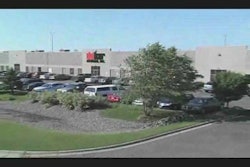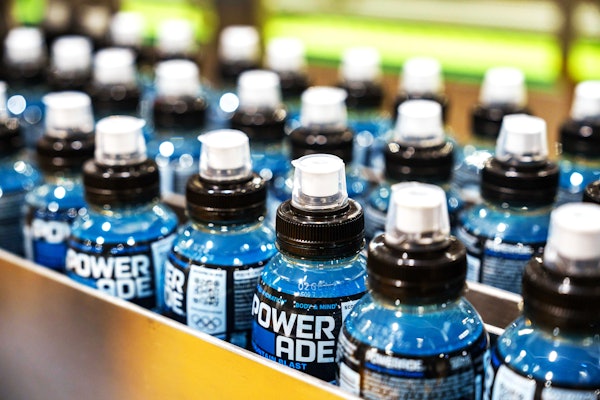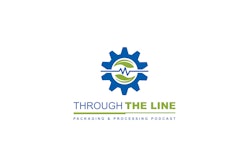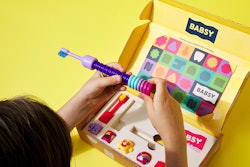1. Set increasingly higher capacity downstream. A rule of thumb is for the first machine upstream to have 110% of the capacity of the second, and so on, in intervals of 10%. If calculations show that a piece of modern equipment has 95% availability, this can be pared to allow the downstream machine to draw product away 5% faster when run in a catch-up mode to avoid backups. A 150/min bottling line that experiences five minutes of downtime will need downstream equipment to absorb 750 bottles. The key is to have 20% to 40% extra speed and capacity downstream to allow the line to catch up after a downtime incident. Over-specifying downstream capacity is a key to recovering from stoppages. It also helps smooth out system flow perturbations.
2. Find the line’s “sweet spot” by determining the process centerline. Some lines run best at breakneck speed; others are most efficient at a slow and steady pace. Practitioners of the manufacturing and packaging art often make the mistake of setting speeds too high, too close to design specifications. One failure can be disastrous to productivity. Installations vary, but trial and error become evident when you document your results to arrive at the optimal combination of speed and product quality on a balanced line with minimal upsets or downtime. Trained personnel can choose from a wide array of statistical analysis tools to arrive at the right speed for your equipment and overall line.
3. Leave sufficient space between machines. Just as automated lines are often set to run too fast, machines on automated and highly integrated lines are often spaced too closely to one another. If automation isn’t state of the art and fully trusted, plan sufficient space between machines and stations to allow for placement of buffer zones. Designing in reliable unit operations can help to minimize buffering requirements, so if floor space is at a premium, focus on equipment reliability, especially generous tolerances for material variations.























